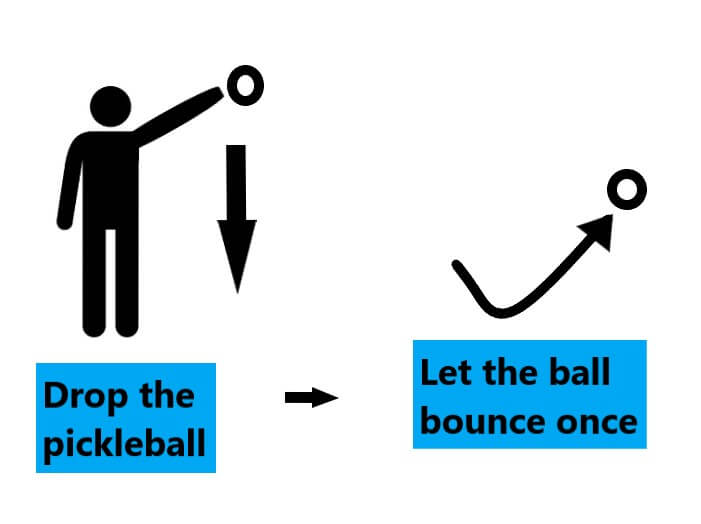by Jenny Foster
No one would want to remember the year 2020. But in the world of pickleball, things are about to stir up in 2021 as new serve rules will be introduced. For those who want to get ahead and learn about these rules, well grab your pen and paper and start taking down notes.
New Rule #1
Most pickleball players may be familiar with “let” serves. However, this coming 2021, service “lets’ will be scratched from the rule book. Instead, pickleball players are now required to play out a ball that they serve despite the ball hitting the top of the net before landing on the opponent’s court. This is different from the previous practice, in which a player can call a “let” and play over a serve.
Now with this rule, every serve must be played whether or not they touch the net as long as the ball lands on the intended side of the court. Although certain pickleball players may be shocked or disappointed to hear this, “let” serves rarely occur in proper matches. So, players should not be worried too much about how this new rule can affect their game.
Notably, there will be extra pressure on the side of the server knowing that they cannot call out a “let” anymore. Still, any good pickleball player should have no trouble in hitting a good serve most of the time.
New Rule #2
A major change in the pickleball rule book, the new rule is called the “drop serve.”
To recall, the traditional serves holding out the ball in front, letting it go, and then hitting it. Now, with the new service rule, that is the “drop serve,” pickleball players can hit the pickleball off from the ground after bouncing. However, an important thing to remember is that the “drop serve” is still in trial phase. This means that it whether it will be implemented indefinitely remains to be seen.
Now, how do you do the “drop serve”?
First, when bouncing the ball, the player should remember that they cannot force-bounce or toss up the pickleball. Instead, they should hold the ball up in front at above the head level and just let it drop and bounce before hitting it.

At first glance, some players may find this new kind of serve advantageous. However, as the ball does not really bounce that high after dropping, whether this new serve will benefit pickleball players remains to be seen. On the other hand, this new rule may be beneficial for beginners, especially those who are having a hard time learning how to serve properly.
Another benefit of the “drop serve” is that it allows the players to swing the paddle with a high-to-low motion. In addition, players can add several spin options to their serve, such as a slice or sidespin. Specifically, players can now do a “slice forehand drop serve,” which can be used to make the ball skip off the ground while remaining at a low level, forcing the opponent to hit the ball up when returning. There’s also the “super forehand sidespin drop serve,” which allows a pickleball player to hit the ball with more force as they swing the paddle in a downward swing motion when serving. Players who prefer their backhand can also take advantage of this new rule. Given that this new rule applies to pickleball players of all levels, one can experiment on the different modifications that they can do with the “drop serve.”
